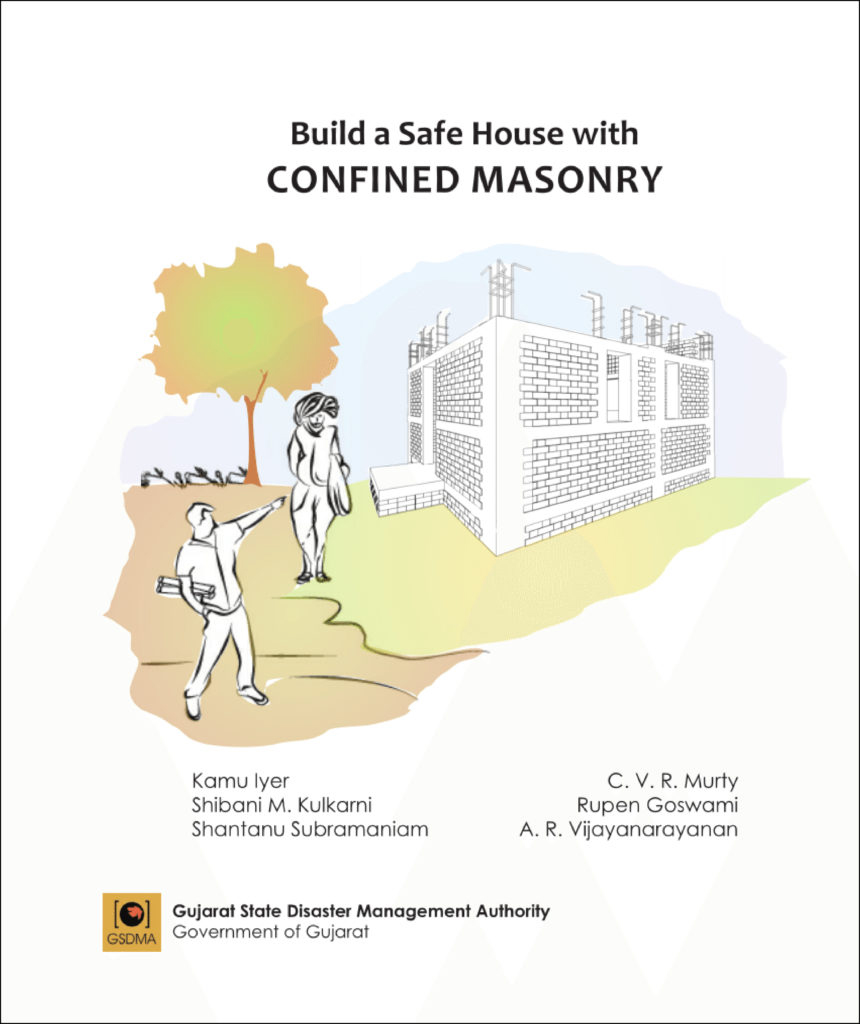overview:
A study discussing prevailing practices, observations and possible interventions in the rural context of earthquake-prone regions in Gujarat. This study was undertaken for the Gujarat State Disaster Management Authority (GSDMA), Government of Gujarat. The team for this study included Kamu Iyer, Shibani Kulkarni and Shantanu Subramaniam from architects’ combine, Mumbai and C.V.R. Murty, Rupen Goswami and A.R. Vijayanarayanan from IIT, Madras.
Preamble:
Most houses in rural India are masonry houses. The masonry walls are built with burnt clay brick or natural stone masonry. Many choices are made across India for the roof. For instance, a sloping roof with wood truss and burnt clay tile is adopted in Kutch region of Gujarat (western state of India), and a flat roof with reinforced concrete (RC) slab in Tehri Region of Uttarakhand (northern state of India). These houses are constructed in the conventional manner known to masons. Technically, they are called Un-reinforced Masonry (URM) Houses; they have plain masonry walls with no steel reinforcement embedded in them to improve their behaviour during earthquakes. Today, of the existing building stock in India, about 45% of houses are made of burnt clay brick and about 10% of natural stone. Thus, over half of India’s population lives in URM houses. This can be downloaded from the IIT Website.



